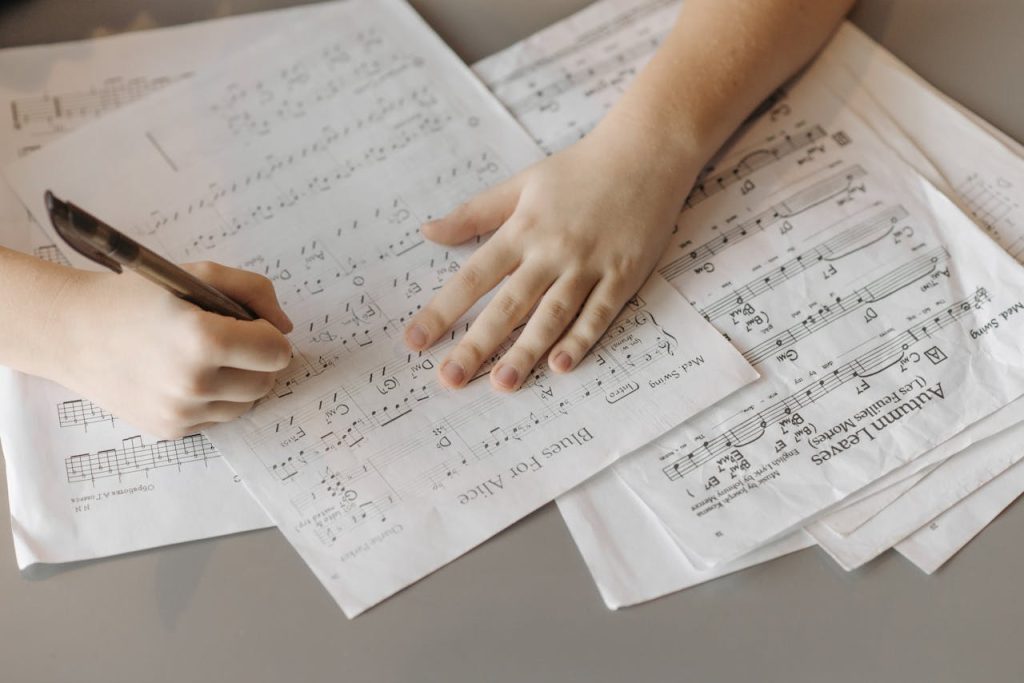When you think of playing the piano, your mind probably jumps to melodies, rhythms, and maybe even a bit of showmanship. But one of the most overlooked—and absolutely essential—parts of playing well is how you sit and where you put your hands.
Whether you’re a beginner or someone who’s been playing for years, posture and hand position play a huge role in everything from how beautiful your music sounds to how your body feels after playing.
1.
Good Posture Is Your Foundation
Think of your sitting posture as the “base” from which all your musical movements begin. If you’re slouching, leaning too far forward, or sitting too close or too far from the keys, it throws everything else off.
Proper sitting posture helps:
- Prevent tension and injury (especially in the wrists, shoulders, and back)
- Improve reach and mobility across the keyboard
- Encourage better control and expression in your playing
💡 Quick tip: Sit at the front half of the bench, feet flat on the floor, and your elbows slightly above the keys when your fingers are resting naturally.
2.
Hand Shape: More Than Just Looks
Holding your hands correctly isn’t just about “looking right.” Your fingers are doing very detailed work—and they need support.
A good hand position includes:
- Rounded fingers (like you’re holding a small ball)
- Relaxed wrists (not too high or low)
- A slight arch in the hand, supported by the knuckles
This kind of setup allows for:
- Even tone and better control across the fingers
- Easier movement and flexibility
- Less fatigue and fewer bad habits as pieces get harder
3.
What Happens When Posture or Hand Position Is Off?
Poor posture or hand habits often lead to:
- Clunky or uneven playing
- Sore wrists or shoulders
- Trouble with technique (like scales, chords, or speed)
Worse, these bad habits can become harder to fix the longer they go unchecked. That’s why I emphasize posture and hand shape from Day 1 with all of my students—young or old.
4.
How to Build These Habits
The good news? You can train your body to play comfortably and effectively:
- Check your setup before each practice: Are you the right distance from the piano? Are your feet planted? Are your wrists relaxed?
- Film yourself occasionally to see how you’re sitting or moving (you’ll catch things you might not feel).
- Start slow and mindful. It’s better to play one scale with beautiful posture than ten with collapsed hands.
Final Thought:
You wouldn’t build a house on a shaky foundation—and the same goes for piano technique. Good posture and proper hand positioning may seem like “little things,” but they lay the groundwork for everything else.
Take the time to build these habits early, and your future self will thank you.

